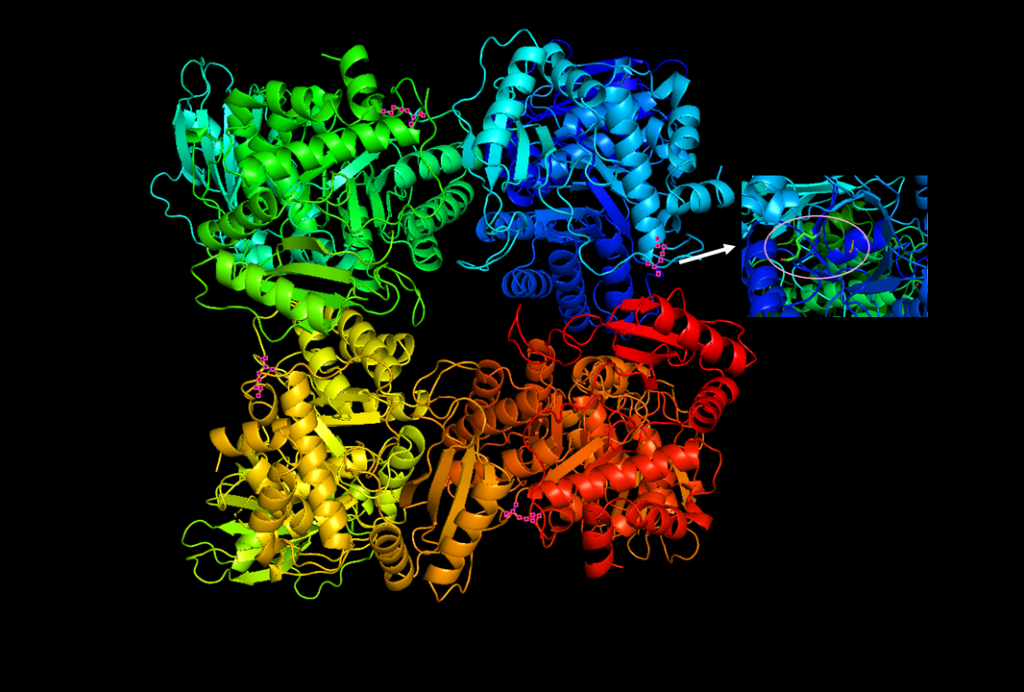BMSIS Scientist Feature: Dr. Betül Kaçar
Dr. Betül Kaçar uses a unique biochemical and phylogenetic approach to study questions about the origins of life.

She and her team at the University of Arizona use phylogenetic tree algorithms to infer the ancestral sequences of modern genes. They focus particularly on the genes of essential enzymes that are common across the domains of life. Once derived, they synthesize these hypothesized ancient genes and insert them in modern bacteria to observe how the ancient forms of enzymes affect the physiology of modern bacteria to get an idea of how early life on Earth may have functioned. Her UA team is also interested in questions concerning the why of certain life characteristics, and so they also strive to “replay history” by studying how the predicted ancestral genes evolve and adapt to the modern environment.
Additionally, Dr. Kaçar and her lab are interested in, and actively working towards, investigating the origin of translation machinery, which is how DNA sequences get converted into functional proteins. Translation is essential to all life as we know it, and so understanding what that biological machinery may have looked like on early Earth will help us understand the origin of life itself. In deriving these ancestral genes and going back in evolutionary time, the Kaçar Lab also investigates what early life biosignatures may have looked like by finding correlations between Earth’s geological and biological history. These correlations can in turn inform the inquiries of astronomers as they look towards exoplanets for extraterrestrial life.

Dr. Kaçar has worked extensively with the Rubisco enzyme, an enzyme essential to the carbon fixation step of photosynthesis. Rubisco is the most abundant protein on the planet due to its widespread presence in plants and photosynthetic bacteria, making it a prime target of investigation for understanding life as we know it. Dr. Kaçar worked to create a Rubisco family tree tracing back the evolution of the enzyme, pinpointing several key ancestral sequences as it evolved throughout the domains of life and throughout time. She also worked to correlate the Rubisco phylogenetic tree with the timing of the Great Oxidation Event, which signaled the rise of photosynthetic life on Early earth.
Betül has a wide array of research and collaboration experience. She obtained her B.Sc. in Chemistry at Marmara University in 2004, and her Ph.D. in Biomolecular Chemistry at Emory University in 2010. She was awarded a NASA Astrobiology Postdoctoral Fellowship in 2012 for her unique approach to origins of life study, and has since travelled and worked with several institutes investigating origins and evolution. Notably, Dr. Kaçar spent time as an Associate Principal Investigator, and Adjunct Professor, at the Tokyo Institute of Technology, and as a Research Associate at Harvard University in the Organismic and Evolutionary Biology Department. At the University of Arizona, she has appointments as an Assistant Professor in both the Department of Molecular and Cellular Biology and the Department of Astronomy.
Dr. Kaçar has received numerous awards and recognitions for her pioneering work and is active in science communication. In addition to speaking at dozens of symposiums, conferences, public talks, workshops, and departmental seminars and colloquiums across the country, she has also developed and hosted several of her own workshops dedicated to science outreach. She also co-founded the Blue Marble Space open-access astrobiology education initiative called SAGANet that is available to students across the nation. Dr. Kaçar is featured in several media outlets, including a PBS NOVA documentary, WIRED and BBC magazines, several NASA comic books, and more.
Written by BMSIS YSP Research Associate Brooke Carruthers.
Brooke is a student at the University of Arizona (UA) and a member of the Kaçar Research Group.
